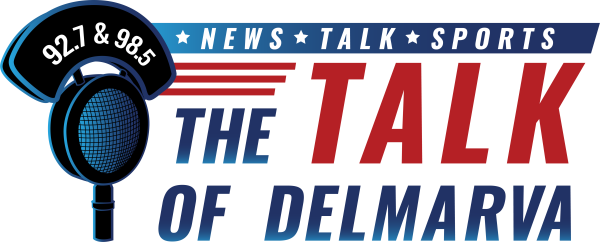DNREC Provides Incentives to Homeowners and Landowners to Improve Chesapeake Bay Watershed
The Delaware Department of Natural Resources and Environmental Control is giving Homeowners incentives for implementing best practices to improve water quality and create wildlife habitat in the Chesapeake Bay watershed. DNREC recently introduced the two new conservation incentive programs, which are– the Delaware Community Conservation Assistance Program (DeCAP) and the Forest Buffer Incentive Program. The programs will pay homeowners and landowners for conservation management practices to support those goals.
Additional Information from DNREC:
Dr. Holly Walker, DNREC’s Chesapeake Bay Program Coordinator within the Division of Watershed Stewardship, said both programs are crucial to Delaware meeting water quality and pollution reduction goals in the 64,000-square-mile watershed which spans six states, including the western third of Delaware.
“These practices help reduce stormwater runoff, an important factor when it comes to improving water quality. At the same time, participants in the community conservation assistance program also get the benefit of a more beautiful, eco-friendly landscape that will attract songbirds, butterflies and other beneficial insects,” Dr. Walker said.
“The Chesapeake Bay is the largest estuary in the United States and home to 18 million people – any protection we can provide for it, any continued upgrading of its condition is crucial for the bay’s unique ecosystem and its inhabitants,” Dr. Walker added. “These programs will improve the health of Delaware’s portion of the watershed.”
Through DeCAP, homeowners who implement best management practices (BMPs) can qualify for partial reimbursement of their installation expenses for following: constructed wetlands; conservation landscaping; urban nutrient management; bioretention areas; rain gardens; and tree planting. BMPs are designed to reduce the volume of stormwater runoff from residential properties. They also offer the added benefit of solving common backyard issues like erosion, poor drainage, and lack of vegetation because of compacted soil and other hindrances to having fertile ground.
The new Forest Buffer Incentive Program provides tree plantings for qualified landowners free of charge with an additional one-time incentive payment. Forest buffers are linear strips of wooded areas that filter sediment, and nutrient pollutants such as phosphorous from water runoff, which improves the water quality of the Chesapeake Bay watershed.
Forest buffers are a part of Phase III of Delaware’s Watershed Implementation Plan (WIP) to help reduce nutrient and sediment loads entering the Chesapeake Bay. Delaware’s WIP goal is to create an additional 65 acres of forest buffers by 2025. The Delaware Riparian Forest Buffer Action Strategy, which outlines the state’s plan for meeting its goals, includes the creation of an incentive program for planting forest buffers.
For landowners to qualify for either of the new programs, their property must be within the Chesapeake Bay watershed in Delaware and the BMPs must remain in place for at least five years. Landowners who are not sure if they are in the Chesapeake Bay watershed can go to Find Your Watershed at delawarewatersheds.org to find out if they qualify.


